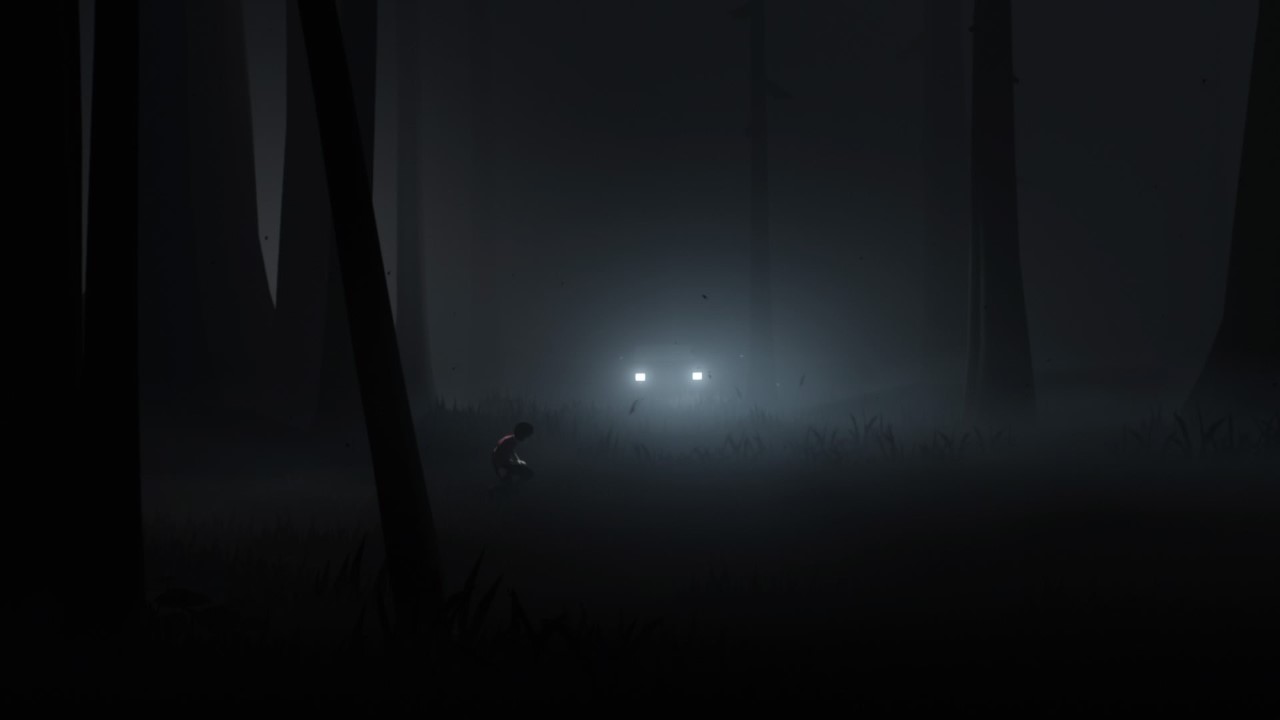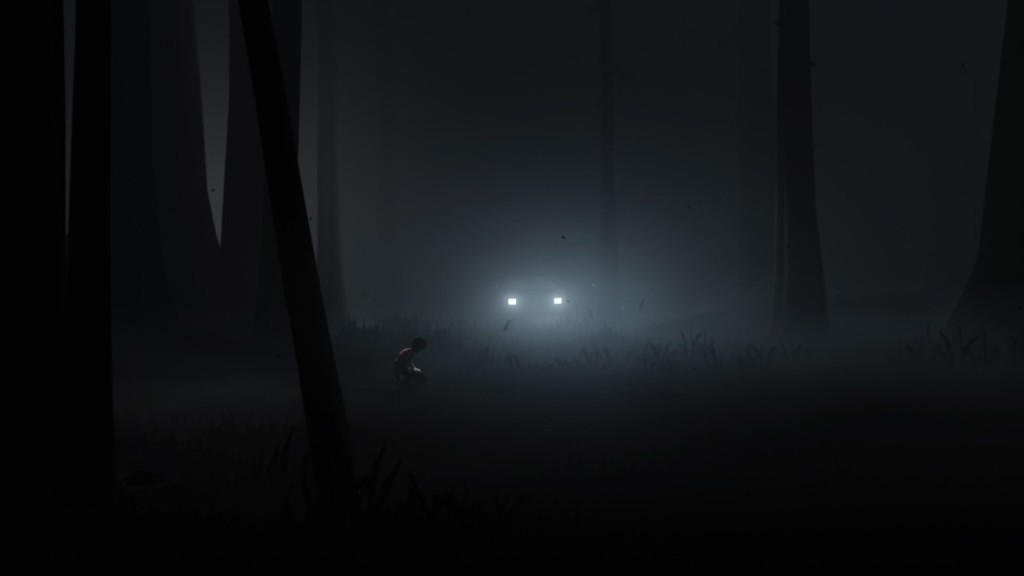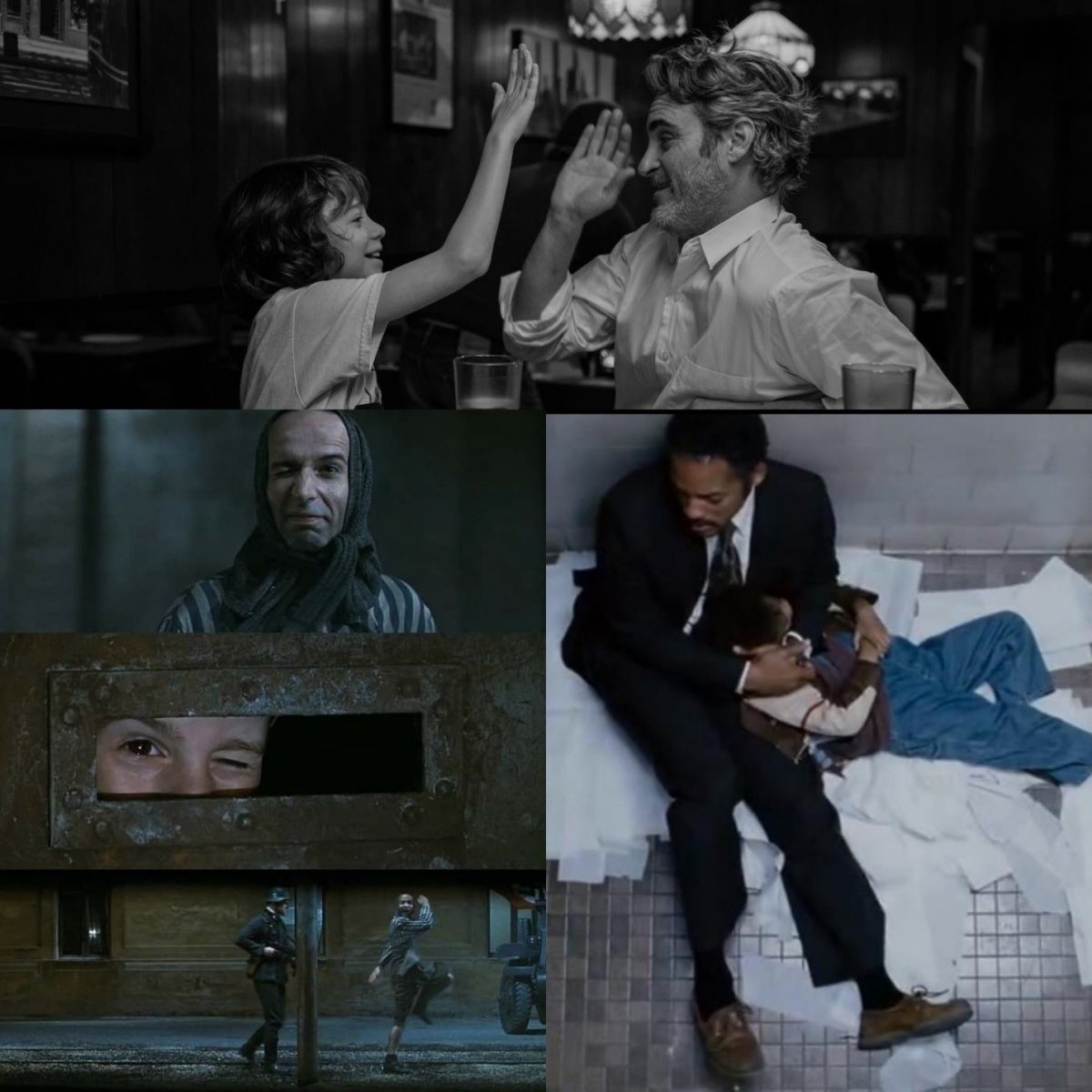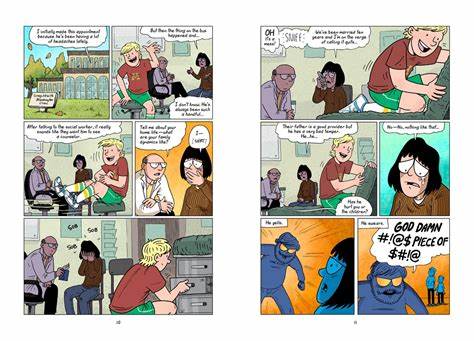Playdead’s second effort is hauntingly mysterious and all the better for it
By Jordan Rowan
Staff Writer
Playdead ventured into the dark and the ambient right out of the gate with its award-winning 2-D puzzle game “Limbo” in 2010. It was an ambiguous, mysterious, and a massive success selling over a million units. Playdead took what they learned from “Limbo,” as well as the great deal of profits, to create an even darker, richer, and more mysterious experience with the 2016 masterpiece “Inside.”
The similarities with these two games are obvious right away to anyone who played “Limbo” as in both you play as a nameless little boy, story development is purely visual and devoid of dialogue, and the gameplay feels almost identical. This is not a disparity however for both games are stunning achievements in art, story, and gameplay.
 “Inside” begins with the same ambiguity that Limbo does. You’re not sure who you are, where you are, or why you’re there. You begin in a forest passing by faceless men hunting for something in the dark. It doesn’t take long to realize that they are looking for you. I won’t speculate as to what the game is “about” since that is clearly all left up to the individual, but there is something poignant about the visuals throughout the game that seem to be making a statement about government, totalitarianism, and mind control.
“Inside” begins with the same ambiguity that Limbo does. You’re not sure who you are, where you are, or why you’re there. You begin in a forest passing by faceless men hunting for something in the dark. It doesn’t take long to realize that they are looking for you. I won’t speculate as to what the game is “about” since that is clearly all left up to the individual, but there is something poignant about the visuals throughout the game that seem to be making a statement about government, totalitarianism, and mind control.
The visuals are breathtaking from the moment the game starts. This is, at its core, a two-dimensional puzzle-platformer but the visuals are three-dimensional. The plane your character follows is left-and-right only but surrounded by dreamy backgrounds and foregrounds of cityscapes, forests, and warehouses painted in film noir-like blacks, whites, and grays. Each frame appears to have been meticulously crafted and polished from the dust in the air to slight movements of wind and rain in the background. The camera work is terrific. It zooms in and out quite often but always at the right moment and never abstracts from what’s happening on screen.
The gameplay is simple. Movement is purely left or right, up or down and actions are only jump and grab to get through the game’s series of puzzles to move through this militaristic-like compound. These puzzles are not difficult to solve (save for a few that stumped me) but are always rewarding when you finally get that “Aha!” moment.
The story of “Inside” will be discussed and argued over for as long as Playdead keeps its narrative intentions quiet. There are faceless men with guns and flashlights, people being marched into trucks, mind control, and images of totalitarianism and Orwellian industrialization. And that’s all in the first half-hour. It’s shocking, strange, poignant, and stunning.
“Inside” is beautifully eerie. It’s fluid. It’s rewarding while never being frustrating or unfair. It is without question one of the most memorable games of the year.







